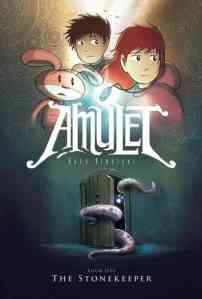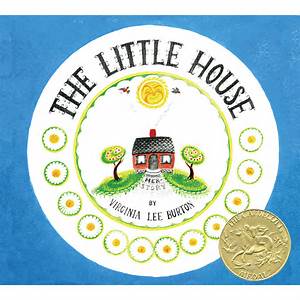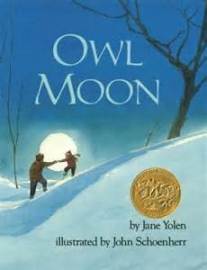
Part One:
Montgomery, S., & Bishop, N. (2006). Quest for the tree kangaroo: An expedition to the cloud forest of New Guinea. Boston: Houghton Mifflin.
Informational / 3rd+
Part Two:
Don’t judge this book by its cover, and don’t let the term informational text scare you away! The way the book tells a story rather than just giving facts had me intrigued. The fact that the pictures were so informative had me amazed! This book is a great read and wish other informational text could be as entertaining! I love how she builds the story up by starting with the location. It really gives the reader a sense of valid information. This book takes you on an adventure literally describing materials needed as well as maps and landmarks.
Part Three:
When discussing informational text, you as the reader, really need trust the source, it shouldn’t have you wondering its validity. This book never has you questioning. It has a very descriptive narrative that captures this animal in its habitat. Before this book I had never heard of a tree Kangaroo nor have I really explored the island of Papua New Guinea. I got a lot of out this book, more than just the title would imply.
Part Four:
Exploring the island of Papua New Guinea! As a class I would have us explore this island through a variety of approaches, like with technology, informational texts, and images. Towards the end of the lesson I would have students pick any region from New Guinea, explore it and research one animal they found unique.
Objective: Students will explore Papua New Guinea, and research one animal that inhabits it.
Questions:
Have you ever heard of a tree kangaroo?
Where do they like to live and why?
Why is it important to care for the environment and its habitats?
Activities:
https://www.kidsalive.org/where-we-work/papua-new-guinea/










Recent Comments